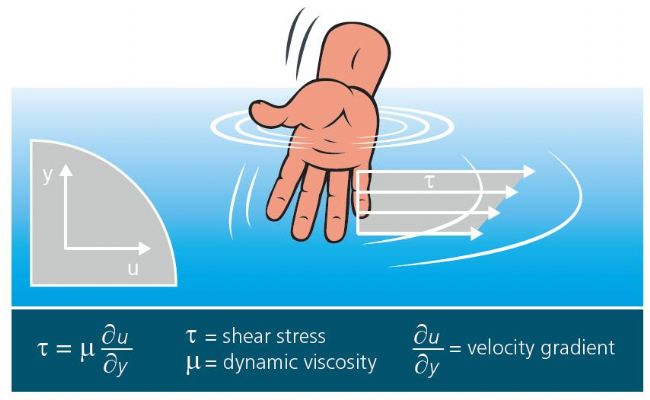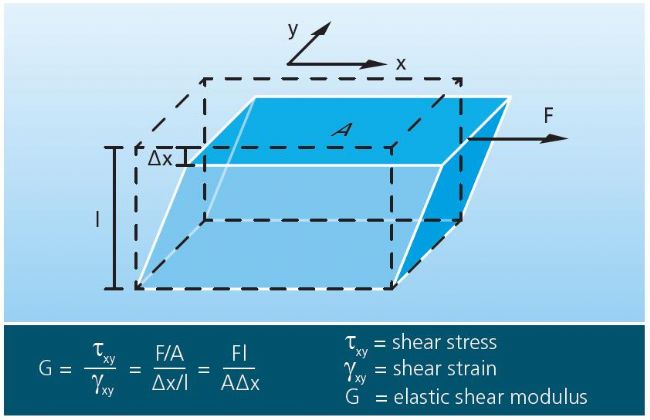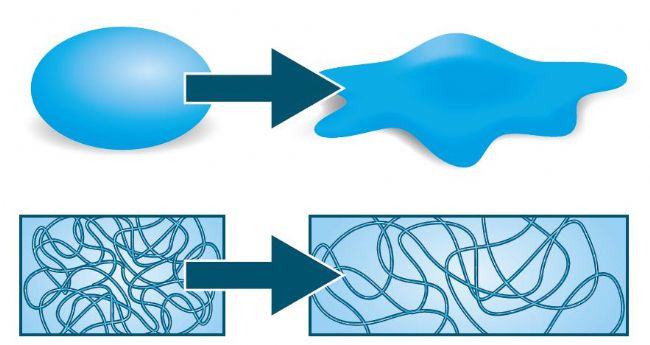How to use QCM-D to characterize viscoelasticity
About the author: Gabriel Ohlsson is an applied scientist and sales manager at Swedish Park Olympus Technology Co., Ltd. He holds a Ph.D. in engineering physics from Chalmers University and spent a lot of time developing the application of soft matter sensing technology after working at Swedish Park Olympus Technology Co., Ltd. One of the main tools he used in this study was the Dissipative Quartz Crystal Microbalance (QCM-D) technique.

What do the wood, ice and shingles in the human spine have in common? They are all viscoelastic materials. Viscoelasticity includes both viscous and elastic properties. QCM-D is a surface sensing technology that characterizes the viscoelastic properties of molecular films and bulk materials.
What is a viscoelastic material?
Many materials from natural biological structures such as tissues, cartilage and skin to synthetic polymers and concrete have viscoelastic properties. Viscoelasticity means that the material appears to some extent as a liquid and solid material and has a time dependent strain.
Viscosity
Viscosity is a measure of the resistance of a fluid to flow. Figure 1. The higher the viscosity, the greater the force required to produce a particular flow. In the case of honey and milk, honey has a higher viscosity. According to Pascal's second (Pa·s), the viscosity of honey is 10 Pa·s, which is three thousand times the viscosity of milk (0.003 Pa·s). This is why honey is not as easy to flow as milk.

Figure 1. Definition of dynamic viscosity: The proportional relationship between the applied shear stress and the induced flow rate gradient.
Elastic Modulus
The modulus of elasticity is a characteristic property that describes the resistance of a solid material to deformation, as shown in Figure 2. The modulus of elasticity describes how an applied force deforms a solid material. The higher the modulus of elasticity, the greater the force required to cause a given deformation. For example, rubber has a greater modulus of elasticity than metal (somehow elastic).

Figure 2. Definition of elastic shear modulus: The proportional relationship between the applied force and the resulting shear deformation.
Different elastic moduli in different cases
Different elastic moduli can be used to describe slightly different stress conditions:
• Elastic (Young's) modulus gives strain under uniaxial stress
• Bulk modulus provides resistance to uniform compression
• Elastic shear modulus describes the resistance of the material to shear forces
Hard solids (such as diamond) have a very high modulus of elasticity (shear modulus of 478 GPa), which means that large stresses are required to deform the material. On the other hand, a softer solid such as aluminum has a lower modulus of elasticity (shear modulus of 25 GPa), so less stress is required to cause deformation.
Material behavior over time
Depending on the magnitude and time range of the applied shear stress, the viscoelastic material may predominantly behave as either viscous or metaelastic or viscous and elastic. For example, toothpaste appears as a viscous material when extruded from a tube, but is primarily elastic when it is stationary on the toothbrush because it does not flow. The same is true for paints. If pressure is applied with a paint brush, the paint will spread over such as a wall. But when the paint is left still, it stays on the wall instead of falling to the ground. Another example is playing with dough or “plasticineâ€, which is mostly elastic when you roll it between the palms and throw it to the ground. Conversely, if you put it on the table, it will eventually flow in a sticky way. The interpretation of this viscoelastic behavior can be traced back to the molecular level and the entanglement of the polymers that make up the paint, toothpaste or dough. High entanglement can result in a partial elastic behavior (a resting toothpaste or a dough that bounces under pressure), while unwinding gives the material a tacky character (paint under stress or dough when it is left standing).

Figure 3. The viscoelastic behavior of polymeric materials can be explained by the entanglement and unwinding processes at the molecular level. The latter leads to a biased behavior.
Monitor the viscoelastic properties of molecular layers and liquids
This is why it is very interesting to be able to design and characterize soft matter materials at the molecular level. This can be done using surface sensing techniques such as QCM-D. By monitoring the frequency (F) and dissipation (D) over a plurality of frequency doublings, not only the mass and thickness of the molecular layer adsorbed by the surface but also the viscoelastic information (elastic shear modulus and viscosity) can be obtained. This can be used to detect thin film or bulk materials adsorbed to the surface of the chip, such as for a wide range of applications such as rheology and phase transitions. By monitoring the viscoelastic changes in the molecular layer adsorbed to the surface, processes such as cross-linking, swelling, entanglement, aggregation, and other conformational changes can be tracked in real time and with a high degree of sensitivity.
Eas Self Alarm Tag,Alarm Rf Tag,Anti Theft Security Tags,Tag Alarm Group
ZHEJIANG BOSHINE ELECTRONIC SECURITY CO.,LTD , https://www.boshine.com